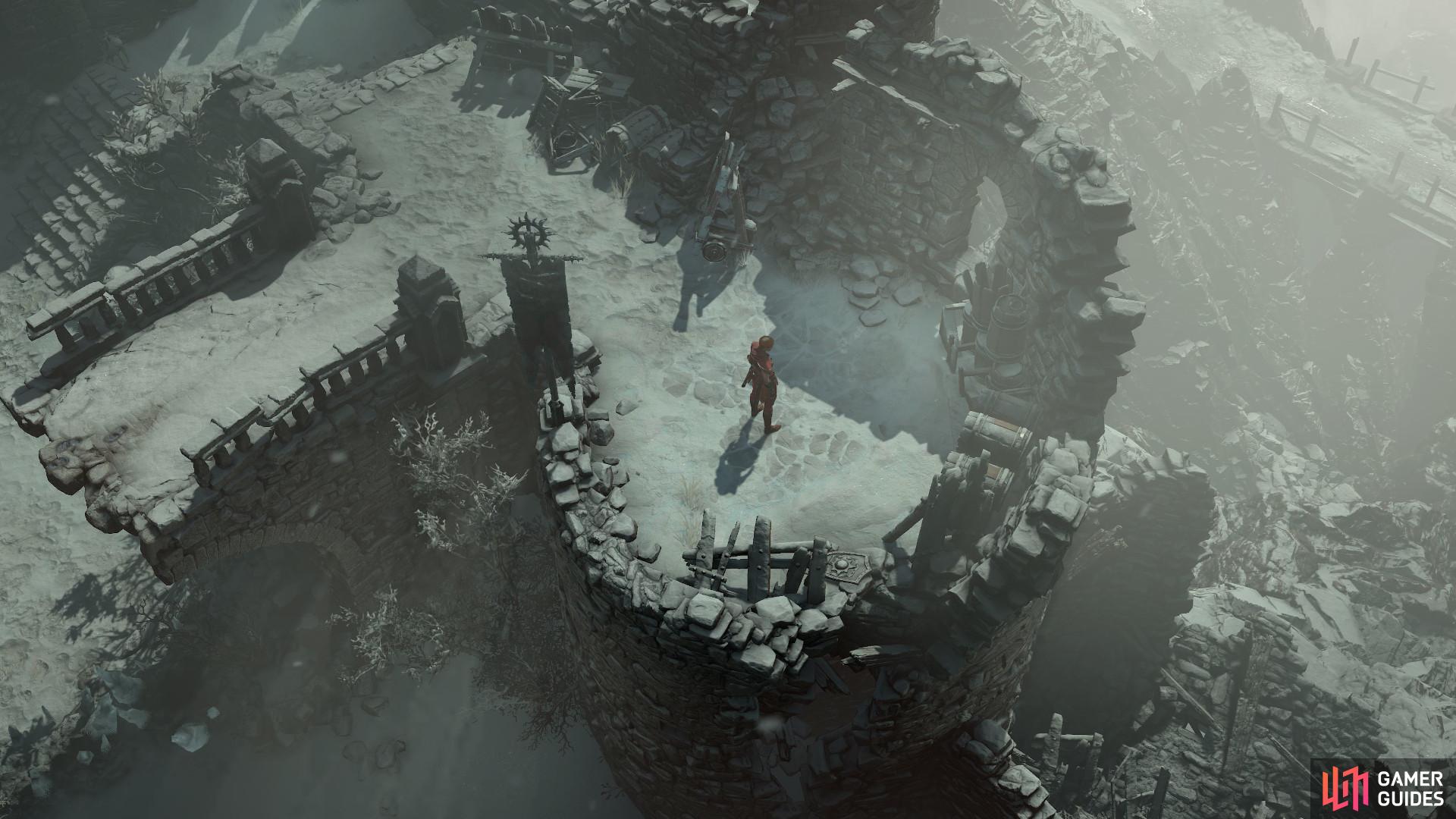Players looking to min/max their build are starting to encounter a community term, known as damage buckets. Damage Buckets are something that ARPG Dungeon Crawler and build theorycrafters use when describing how their damage scales additively and multiplicatively, allowing them to assess where all their damage is coming from. Here’s quick rundown of Diablo 4’s damage buckets, showcasing how you can work out how your damage theoretically scales with your build
Here’s a closer look at how Diablo 4’s Damage Buckets work. Image via Blizzard Entertainment.
Diablo 4 Damage Buckets Explained¶
All damage buckets are is a method of placing all the various forms of damage multiplications into different, for a lack of better word, buckets.
Your main sources of damage buckets are:
- Damage
- Primary Stat
- Crit Damage
- Vulnerability
- And to some extent, Attack Speed, but its not necessarily applied to a damage formula, rather your own DPS if you’re bothering to time that.
When you deal damage to an enemy, the above buckets of damage are applied like a formula, essentially allowing you to some what figure out how much damage you can theoretically do.
Lets try an example, using somewhat base rules of the game, and some numbers we have arbitrarily thrown in there.
Example¶
Your skill is about to deal 100 damage, and then it will be modified by the other buckets of stats you have against a Vulnerable enemy.
- (Damage: 100 x Primary Stat Modifier: 5% ) x 50% Crit Damage x 20% Vulnerability = 189 Damage Total
The reason this is the case is because you have your damage from your skill, including all over damage increase modifiers you have on your build or talent tree modifiers. You then crit, which directly enhances the damage to match your crit damage rating, meaning that original damage number is now multiplied by your crit damage. You then need to add 20% more to that crit damage number, as you are now hitting a Vulnerable target. 20% being the base Vulnerable value, unless you have Vulnerability damage modifiers.
So, what affects each Diablo 4 Damage Bucket?¶
Each of the Damage Buckets has its own additive modifiers, which means these values add their damage values on top of the base damage value to create the overall damage value that goes into the damage bucket calculation as we showed last sub heading. To understand additive damage, you simply need to look at where the numbers come from when you deal damage. Typically, the very first number is the Skill Damage, which is often a percentage of you Attack Power, which is a value that 99% of the time comes from your weapon slots.
Once you have your Skill Damage, you can then begin to add on damage, based on a number of factors. These factors often come from either Skill Tree options, or damage modifiers from gear, status effects, and more. Most often, the possible damage additives are as follows, but not limited to:
- Damage increase from gear
- Basic Skill Damage
- Core Skill Damage
- Damage against CC’d enemies, including Frozen, Dazed, Immobilized, Stunned, etc.
- And any other from of damage bonus you get, such as damage versus poisoned enemies, or whatever other class specific improvement you can think of.
Some of the times, these additive damage effects will be multiplications. All that means is that if you deal 10% more damage to Stunned enemies, then it will look at the base damage of your skill and add 10% of that value into the damage bucket calculation. This also applies to any other damage enhancement you have, so a damage bucket formula can and will use several damage modifiers, and add all of those values on top of what the very first damage was for your skill, before coming to a conclusion on what damage you dealt.
What else goes into damage buckets?¶
For other damage buckets, these are often stat alterations:
- Crit base damage is 50%, but, the outcomes can improve with crit damage on gear, skill points on certain builds and skills, and paragon points.
- You may also get crit against certain CC effects, similar to how damage buckets work. However, that will only add to this bucket depending on if its crit chance or crit damage modifiers.
- Vuln is also its own bucket, with certain pieces of gear, skill points, paragon points, legendaries, and more also improving how much Vuln damage you deal. Typically this is 20%, but modifiers can increase it further.
If you’re looking at a Primary Stat bucket, then that value is often determined by opening your character stat page, and hovering over the primary stat that you class uses to increase damage. For example, Druid uses Willpower, while Rogue uses Dexterity. Every 100 points typically increases damage by 1%, which will multiply your damage number by the same amount on your character sheet.
- If you want a full on look at absolutely every additive stat in the game for each class, then we recommend taking a look at Wudijo’s video and seeing how exactly your class and specific build calculates its additive damage.
This concludes the Diablo 4 Damage Buckets guide, helping you understand all the factors that go into your damage calculations. If you have any questions, leave them in the comments below.


 Sign up
Sign up
No Comments